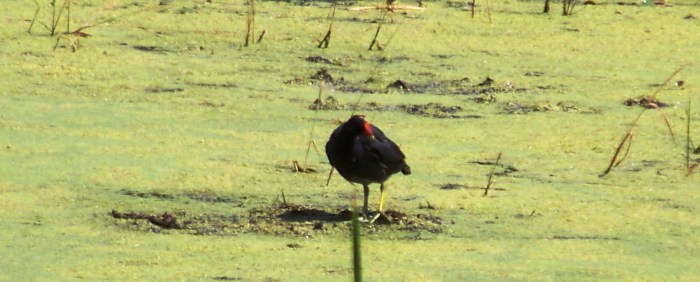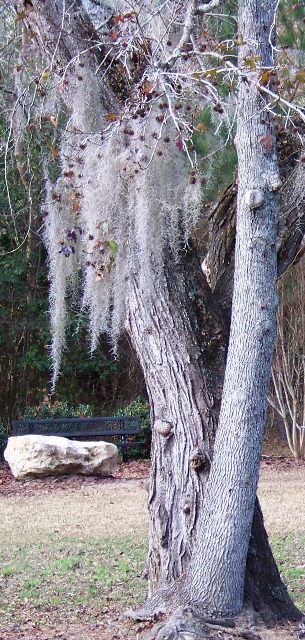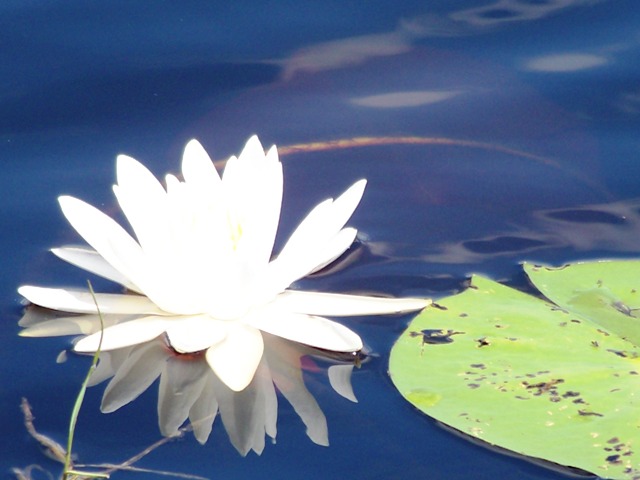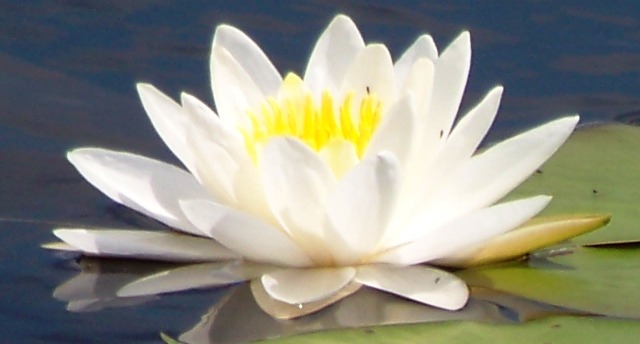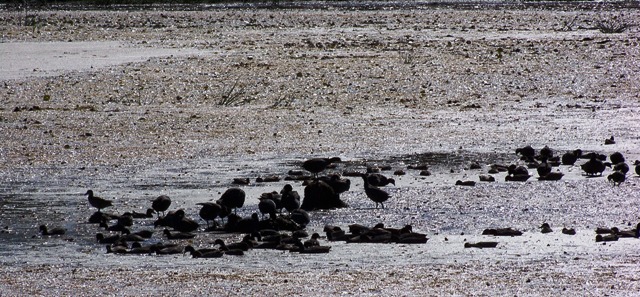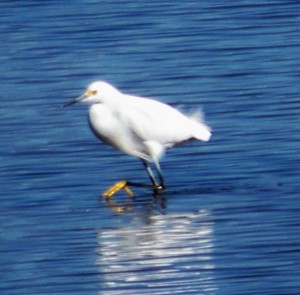 I do not believe there is only one way for everyone—never have—but rather, we are all on our way to the Way. We have various labels for the Way–Christianity, Buddhism, Taoism, Hinduism—regardless, the Way always has been and always will be.
I do not believe there is only one way for everyone—never have—but rather, we are all on our way to the Way. We have various labels for the Way–Christianity, Buddhism, Taoism, Hinduism—regardless, the Way always has been and always will be.
“The Tao is both named and nameless. As nameless it is the origin of all things; as named it is the Mother of 10,000 things” (Tao). Our path is our experience of the 10,000 things of the Way: “I am the way, the truth and the life” (John 14:6).
“Everyone practices in order to find out for him or herself…how to be balanced, how to be not too tight and not too loose. No one else can tell you. You just have to find out for yourself” (Pema Chödrön, The Wisdom of No Escape).
Any and all of the ways teach us, no matter what label resonates individually: God, the Universe, the Source, the Unified Field, Spirit, Creator, Krishna, Buddha, or the eternal phenomena of the Chinese “web that has no weaver.” The unique expression that is each of us is also our connection to one another.
Deepak Chopra says “we are all God in different disguises”; God is having a unique experience on the physical plane through each one of us. As such, we are the energy that is God, the Oneness that is our connection to one another.
It seems we should celebrate our connection to one another but often we separate rather than celebrate, disconnect rather than connect, although we are hardwired to love and belong—it is in our DNA. When we separate from our own way, we leave the path to the Way, and we suffer.
We all know suffering–no matter how we label craving and clinging—we do not have to know others’ experiences nor they ours to feel what DNA is tugging on us to do: connect with one another. When we are separate, we do not trust our way to the Way.
do not have to know others’ experiences nor they ours to feel what DNA is tugging on us to do: connect with one another. When we are separate, we do not trust our way to the Way.
“Going out and changing the world doesn’t work for me…It only feeds into the same judgmental energy….Instead, letting go of attachment to any way of believing or thinking has made me feel more expanded and almost transparent so that universal energy can just flow through me. More positive coincidences happen in my life when I’m in this state of allowing” (Anita Moorjani, Dying to be Me)
The need to connect with one another keeps us in search of our way to the Way. Our journey begins at birth. We bring our own bits of light and dark to the being that is our life. The darkness and lightness of each of us is what we offer to the world, what we come to know as our path to the Way.
We do not have to live as labels for it is in our Oneness with one another that we find our way into the Way.
